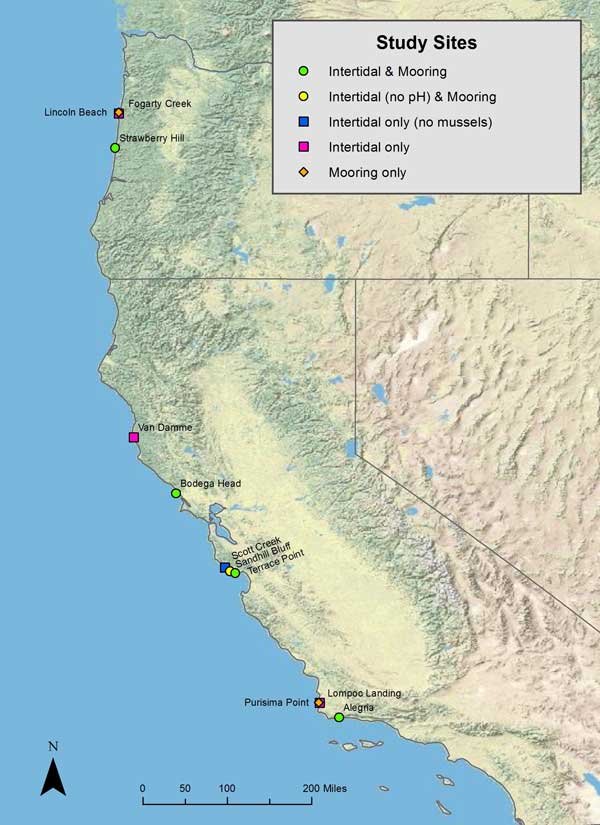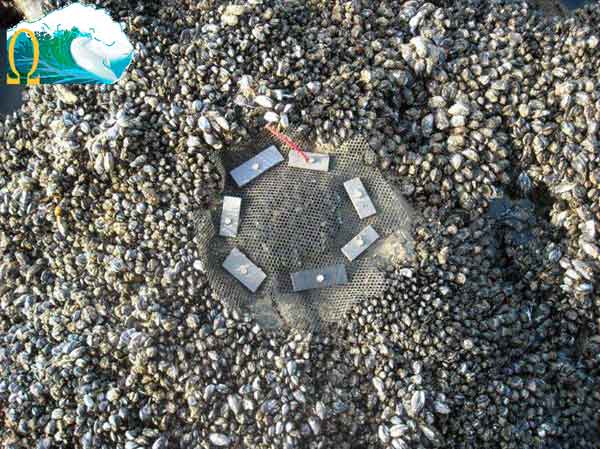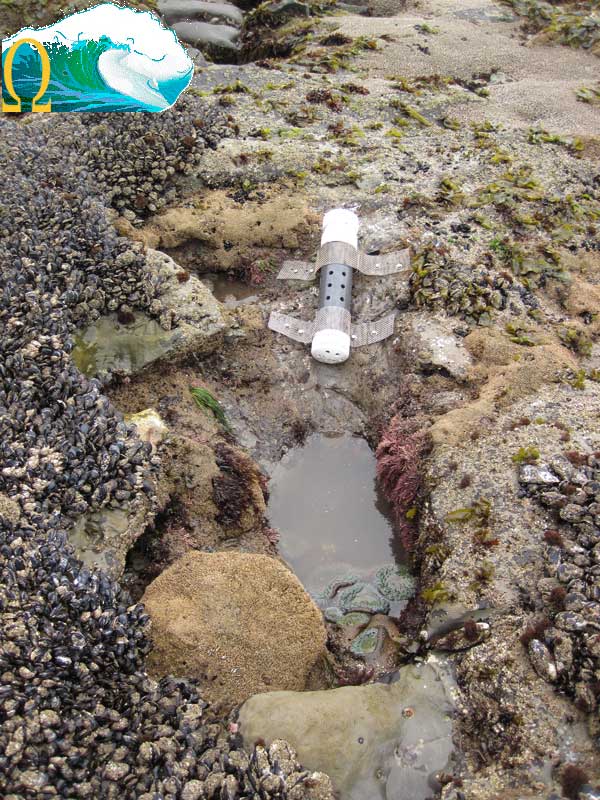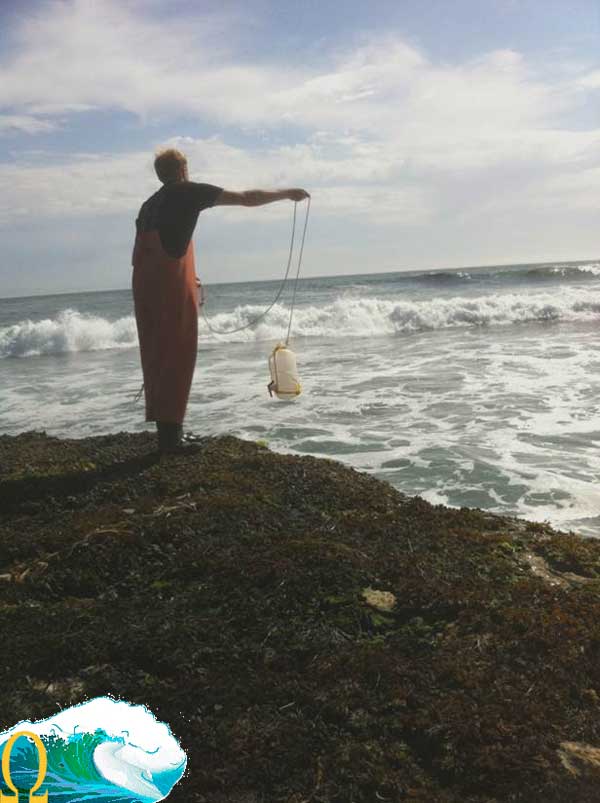Ocean Margin Ecosystems Group for Acidification Studies (OMEGAS)
Overview
Principal Investigators:
- Pete Raimondi
University of California, Santa Cruz - Margaret McManus
University of Hawai'i at Manoa - Francisco Chavez
Monterey Bay Aquarium Research Institute - Brian Gaylord
University of California, Davis - Ann Russell
University of California, Davis - Carol Blanchette
University of California, Santa Barbara - Gretchen Hofmann
University of California, Santa Barbara - John Barth
Oregon State University - Libe Washburn
University of California, Santa Barbara - Stephen Palumbi
Stanford University - Bruce Menge
Oregon State University - Eric Sanford
University of California, Davis - Francis Chan
Oregon State University - Tessa Hill
University of California, Davis
Funding:
- National Science Foundation
Due to increases in the release of anthropogenic CO2, the acidity of the ocean is rapidly increasing. The implications of this phenomenon, called ocean acidification (OA), are widespread with some organisms being more heavily affected than others. For example, growth rates of many calcifying organisms are inhibited by decreases in both pH and the saturation state of calcium carbonate, a critical building block for many shells and skeletons. However, changes in ocean chemistry, and the effects of those changes on marine species, may vary among oceanographic regions.
The California Current Large Marine Ecosystem (CCLME) is of particular interest in the field of OA studies due to large variations in CO2 resulting from differences in upwelling patterns along the western coast of the U.S. The Ocean Margin Ecosystems Group for Acidification Studies (OMEGAS) consortium is comprised of research groups from Oregon State University (OSU), University of California, Davis (UCD-Bodega Marine Laboratory (BML)), University of California, Santa Cruz (UCSC), Monterey Bay Aquarium Research Institute (MBARI), Stanford University (Hopkins Marine Station), and University of California, Santa Barbara (UCSB). This collaboration is investigating the effects of OA on two ecologically important intertidal biomineralizing species, the purple urchin (Strongylocentrotus purpuratus), and the California mussel (Mytilus californianus). The study will be conducted over at least two field seasons and is close to completing the first season. Based upon previous studies, pH is expected to be generally lower along the coasts of Oregon and Northern California, increasing into Central and Southern California. On a smaller geographic scale, strong upwelling areas are expected to have a lower pH than low upwelling zones. These differences in pH are expected to affect growth rates of the two focal species and might also underlie differences in the ability of organisms from these regions to acclimate or adapt to OA.
An OA monitoring network was established in four regions ranging from south of Point Conception in California up to Central Oregon. Each region contains one stronger and one weaker upwelling site, with both sites per region containing both intertidal and subtidal components. Within the Monterey Bay National Marine Sanctuary (MBNMS), the weaker upwelling site is Terrace Point, at Santa Cruz, and Sandhill Bluff, just north of Santa Cruz, is the stronger upwelling site. The intertidal and near-shore oceanic environment is highly dynamic, and a wide array of data is being taken to investigate changes in growth rates of the urchins and mussels in relation to oceanic acidification and other factors.
Summary to Date
OSU received a three-year, $2 million grant from NSF to lead a seven-institution project to monitor ocean chemistry in the California Current System and look at how two marine species – sea urchins and mussels – respond in the wild to different ocean chemistry. This project is being coordinated through the Partnership for Interdisciplinary Studies of Coastal Oceans, or PISCO, an OSU-based marine research consortium. Principal investigator Bruce Menge and colleagues from multiple institutions will study urchins and mussels at two sites in Oregon and six sites in California, taking advantage of the differing levels of acidification along the West Coast.
The researchers theorize that these organisms have adapted over time to variations in the ocean chemistry, but the increase in carbon dioxide may be pushing their limit. "They already may be close to their acclimatization or adaptational capacity," Menge pointed out, "and thus may have limited ability to respond to additional increases in CO2. For the first time, we will be able to examine the genetics and ecology of these key organisms to see how populations that span over a thousand miles of coastline are coping with changes in ocean chemistry."
Increasing ocean acidification is a major global concern. Previous OSU research, led by Hales, found that seawater being upwelled from the deep ocean may have last been exposed to the atmosphere some 50 years ago and that its already-high levels of carbon dioxide portend more corrosive oceans in the future. Their ongoing research also found that the upwelled water is influencing Oregon estuaries, where concern about acidic water has prompted oyster hatcheries to alter their protocols. For example, the Whiskey Creek Hatchery is now drawing water into its tanks during relaxed upwelling periods, or in the afternoon, when acidity levels are lower due to increased photosynthesis.
Monitoring Trends
- Data were collected in the summer of 2011 and results are pending analyses.
Discussion
This effort strongly complements other studies focused on ocean acidification in the northern California and Oregon region and provides critical ecosystem monitoring and research in coastal waters.
Study Parameters
- Growth
- Genetics
- Temperature
- Salinity
- Upwelling/downwelling
- Chl A
- Other nutrients
- pH
- Dissolved oxygen
- COD
Study Methods
On both offshore moorings and in the rocky intertidal zone, growth rates of Mytilus californianus are being measured, pH is being measured using newly designed sensors, variability in temperature and dissolved oxygen is being assessed, and water samples are taken regularly to record salinity, alkalinity, dissolved inorganic carbon (DIC), nutrients and chlorophyll a. In addition, to determine whether populations along the coast vary in their sensitivity to OA, the early life stages (larvae) of urchins and mussels are being cultured under controlled CO2 conditions at Bodega Marine Laboratory. Assays are also being conducted to examine whether different levels of OA have selected for genetic difference among urchin larvae from different populations.Figures & Images



